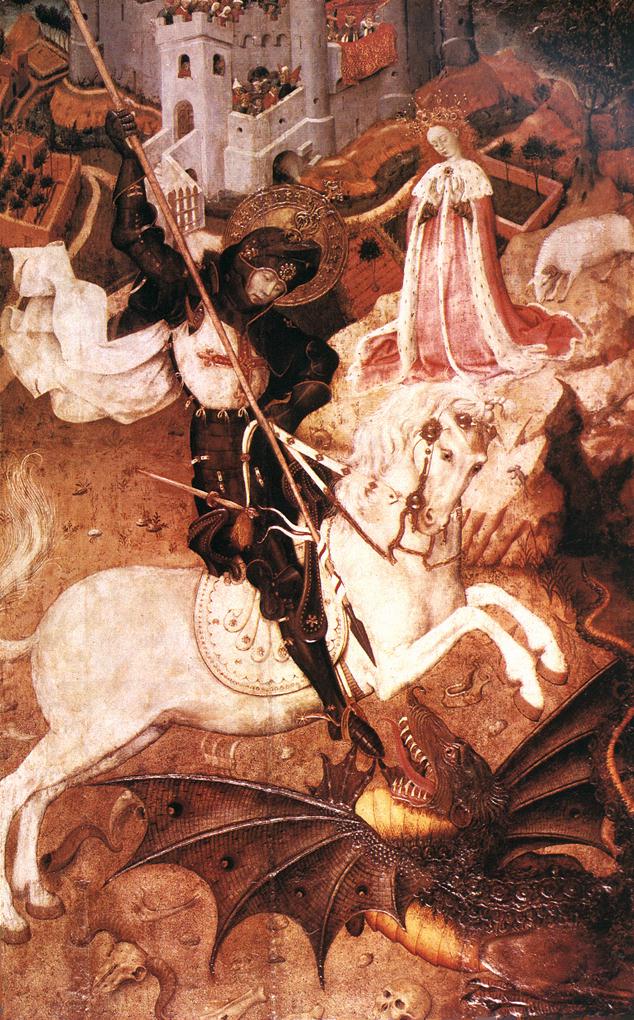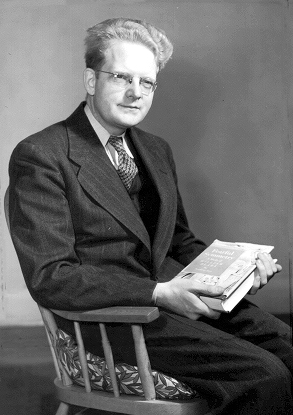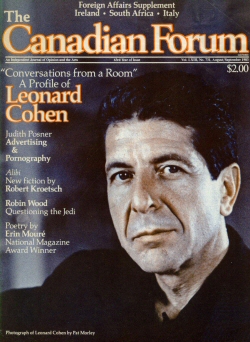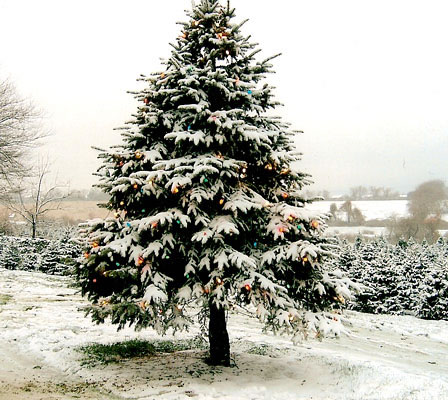
St George Killing the Dragon, Bernat Martorell, 15th century
Lecture 12. January 6, 1948
THE HERO AND THE PROPHET
A distinction exists between two types of human beings: the hero and the prophet, and the relationship between them is of primacy importance. In the hero, humanity has projected a symbol of physical man fighting the forces of the power of darkness.
The Bible contains all literary forms. It is the super-epic and it deals with the act of the hero. One of the key ideas is the struggle, with nature or with other men who symbolize the forces of nature. The development is the great archetype of the hero’s struggle with darkness, such as the dragon, and the victory of light over darkness at every sunrise. The solar symbolism here is exhaustive.
The Bible centres on a single heroic act: the struggle with darkness and the resultant victory. In medieval sculpture Jesus is pictured as dragon killer.
The hero, or king, is not fully conscious of what he is doing. The hero is illusive, inscrutable, and therefore commands loyalty. Christ as the suffering hero has that illusive quality. There is a feeling of the distant hero who proceeds to inevitable fate and triumph in the “heroic” Christ who says “touch me not.” The hero is too preoccupied with his action to know what he is doing, like Achilles brooding in his tent. The heroes are figures moving in a ritual, not in the myth, and they move with a silent and unconscious quality.
The other type is the prophet who, in a sense, is the opposite. He has the disinterested view of humanity, and yet is articulate. He is not known for physical perfectibility and is likely to be stunted or deformed. He is the observer, the watcher, which the king is not. The man who is both hero and prophet is such a schizophrenic that he can’t do anything.
The hero and the prophet are different. The hero is the actor, the prophet is the articulate person who explains the myth. The poet, then, is the prophet.
The hero is the centre of activity; the prophet is the circumference of activity—the whole range of experience is in his mind. The hero is always “somebody else,” while the prophet is identical with ourselves because we have to go into his mind and make contact. All through humanity, in practise the hero and the prophet are separate. But ideally they are the same. The hero’s inscrutability is because he knows what is going on. The prophet must be able to practice what he preaches.
The priest is the intermediary, neither prophet nor hero. He stands at the point at which the ritual and myth converge. The hero still triumphs but he will be killed. The prophet will become articulate but never causes. The poet who enters the social causal sequence contaminates himself. It is the priest who understands the myth and who performs the ritual. The thing done and the reason for it are understood by the priest. Continue reading






